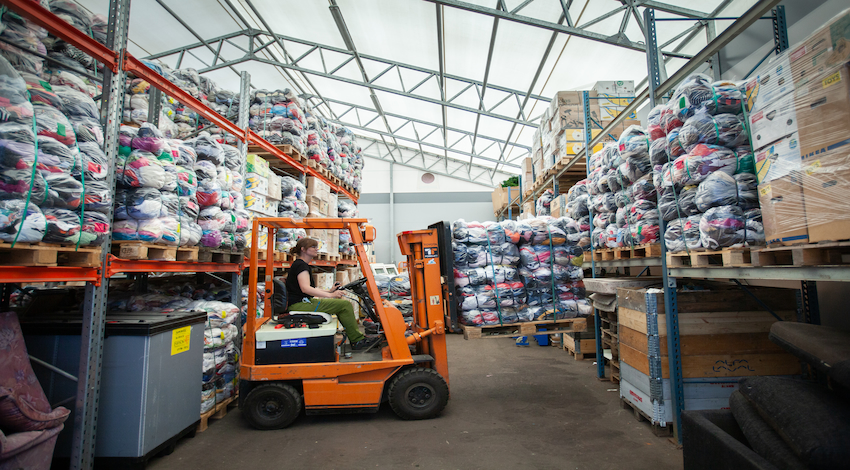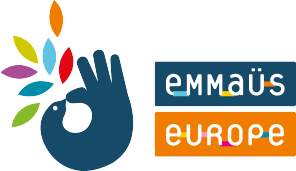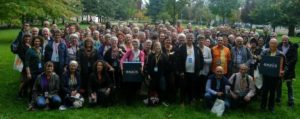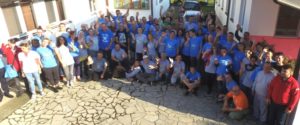Improving our ecological impact: Emmaus Åland’s experience
Emmaus Åland has developed a diagnosis to measure and improve its ecological impact. Martha Hannus, sustainable development coordinator, shares this project with us.
Can you tell us what this ecological diagnosis involves?
The ecological impact assessment is inspired by the principles of GRI, Global Reporting Index, that is an established standard for reporting carbon emissions. We have analysed the sources of emission that we have, identified ways to measure them and developed a plan for emission reduction. Included in the assessment are emissions from electricity and heat, our transports locally and abroad and travels. We have included a follow up in our yearly reporting every year.
When and why did you start working on this project?
We took on this project because we believe that even though our activities such as second hand and gardening are ways to contribute to a more sustainable society, to be credible we must also report on the impact we have on the world around us while we carry out those activities. That is, to us, a way to act in solidarity with other parts of the world and future generations. If we demand change in the world, we have to be critical also to our own operations and choices of economic activities. We decided that it is more environmentally efficient and cost effective to try to sell more goods locally and send more solidarity in the form of economic support to other groups to develop their activities.
We started in 2018 by a materiality analysis followed by a strategy adopted by the board. From 2019 we have developed and refined our ways of measuring our emissions. The goal we have is to reach carbon neutrality by 2030.
What results have you achieved?
We have been able to diminish our emissions substantially in particular through changing to green electricity and oversee our transports. We also know what to do in order to continue our progress – we need to travel carbon neutral. For 2024, we are setting up a specific budget for travels that does not include money but climate impact, that we commit to follow.
For some years, we have also measured the amount of goods that we receive and followed up on the waste we produce. We do this by weighing the donated goods on selected weeks and calculating the numbers for the whole year. For the waste, we receive numbers from the waste company, where all the waste is weighed.
In 2022 we received approximately 450 000 kg of donated goods. We were able to sell 62 % of this locally, and 21 % was sent as containers to other Emmaus groups. 8 % was recycled by the waste management company and 9 % was burned for energy production. Only a small amount consisted of inert waste. We can reuse most of the bags, furniture, and home textiles, while electronics, books and media are the categories with the highest amount of waste. In our containers, 53 % of the goods are clothes. For electronics, only 50 % can be reused because we don’t have specific qualifications to repair them. We don’t have a solution for now, but perhaps in the future it could be possible. These numbers help us communicating with customers and donors and are also useful in lobbying activities.
What would you say to groups thinking about undertaking this process?
By measuring, you will know more about your activities, and there are always low-hanging fruits – actions that could easily be taken to improve your impact. Don’t be afraid of this, it is not as difficult as it sounds! We must act as provocateurs of change, and that includes being at the forefront of shouldering our responsibility for our emissions, and be transparent, as we would like others to be.

© Emmaus Åland



